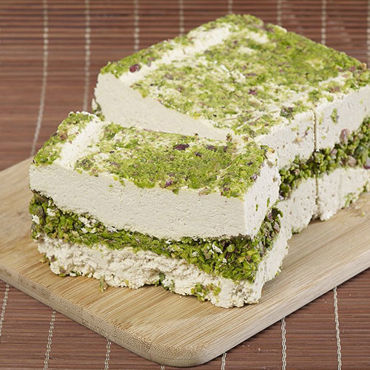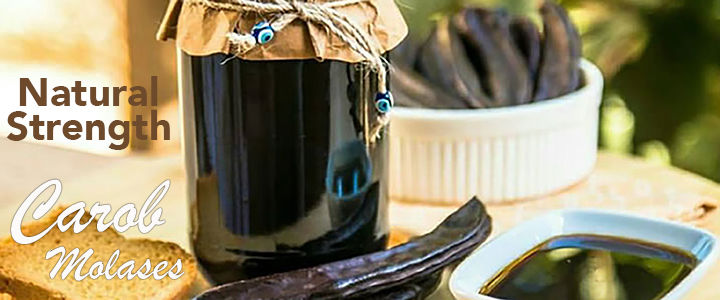English
You have no items in your shopping cart.
Bakkal's Bazaar Shop
KRAL Rulo Pestil w/Hazelnut Cream Filling 300g
Pestil, a traditional dessert of the Middle East, is made from fruits such as grapes, mulberries or plums. It is obtained by wrapping the fruit pulp in the shape of fingers with the hazelnut mixture inside it. Ingredients: Sugar, Hazelnuts, Flour, Fructose syrup, Honey flavored Fructose syrup, Mulberry molasses.
$10.99
KOSKA Palace Turkish Delight w/Mixed Nuts 500g
Turkish delight, one of the important tastes of Ottoman palace cuisine, dates back to ancient times. The date that Turkish delight appeared in Anatolia coincides with the 15th century. It was in the 17th century that it was known all over Anatolia and entered Turkish cuisine. The first serial production of the Turkish delight was made in 1777. Turkish Delight was famous all over Anatolia and whose reputation spreads to the other end of the world with European travelers.
$12.99
KRAL Kral Tatlisi (King Dessert) 350g
It is a dessert made by dipping walnuts in grape or mulberry must in Turkey, usually in Kahramanmaraş, Gümüşhane, Elazığ, Artvin and the surrounding provinces. The main ingredient of must is boiled molasses or fruit (grape or mulberry) juice. It is called by this name because its shape resembles a sausage.
$12.49
AL KANATER Sugar Free Halva w/Pistachio 454g
Halvah, any of several confections of Balkan and eastern Mediterranean origin, made with honey, flour, butter, and sesame seeds or semolina, pressed into loaf form or cut into squares. Halvah is made with a variety of colorings and flavorings. Its texture is characteristically gritty and crisp.
$16.99
KOSKA Palace Turkish Delight w/Mixed Fruits 500g
Turkish delight, one of the important tastes of Ottoman palace cuisine, dates back to ancient times. The date that Turkish delight appeared in Anatolia coincides with the 15th century. It was in the 17th century that it was known all over Anatolia and entered Turkish cuisine. The first serial production of the Turkish delight was made in 1777. Turkish Delight was famous all over Anatolia and whose reputation spreads to the other end of the world with European travelers.
$11.99
KOSKA Turkish Delight w/Mastic Gum 500g
Turkish delight, one of the important tastes of Ottoman palace cuisine, dates back to ancient times. The date that Turkish delight appeared in Anatolia coincides with the 15th century. It was in the 17th century that it was known all over Anatolia and entered Turkish cuisine. The first serial production of the Turkish delight was made in 1777. Turkish Delight was famous all over Anatolia and whose reputation spreads to the other end of the world with European travelers.
$11.99
.gif)

















































.jpeg)